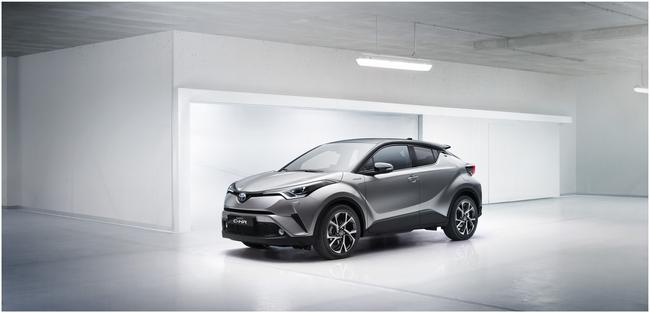Making its world debut at the 2016 Geneva motor show, the C-HR gives Toyota a powerful new presence in the crossover market. Designed to stand out both within the Toyota line-up and in its segment, it represents Akio Toyoda’s determination to allow greater stylistic freedom and promote engineering creativity in order to achieve eye-catching designs and enhanced driving pleasure.
The Toyota C-HR’s unique character demonstrates the flexibility that the TNGA (Toyota New Global Architecture) gives to vehicle developers in the three key areas of design, powertrain and dynamics, enabling them to deliver a new and fresh take on the increasingly commoditized crossover segment.
As a result, the Toyota C-HR remains remarkably true to the general features of the concept-cars that attracted so much public attention in Paris in 2014 and in Frankfurt in 2015. Its coupe-like lines are a testimony to the resolve of its designers to create a style that stands out in the Toyota range, and to establish a new direction amongst mid-sized crossovers.
The Toyota C-HR also brings innovation to its segment through the introduction of a hybrid powertrain. Using Toyota’s very latest 1.8 hybrid system, the C-HR’s driving experience is perfectly aligned with modern urban life, and matched to a level of efficiency previously unseen in the crossover segment.
Finally, guided by Chief Engineer Hiroyuki Koba’s vision “Response, Linearity and Consistency” the C-HR’s driving dynamics have been deliberately benchmarked on the precision and control experienced at the wheel of a modern C-segment hatchback, thanks to the meticulous refinement of Toyota’s most recent platform and its low centre of gravity. The aim was to allow the C-HR to carry its speed through corners, with excellent body control and steering fluidity, making it enjoyable not only when flowing through busy city traffic but also on the open road independent of the surface condition, in a way that exceeds the current standards for a crossover.

